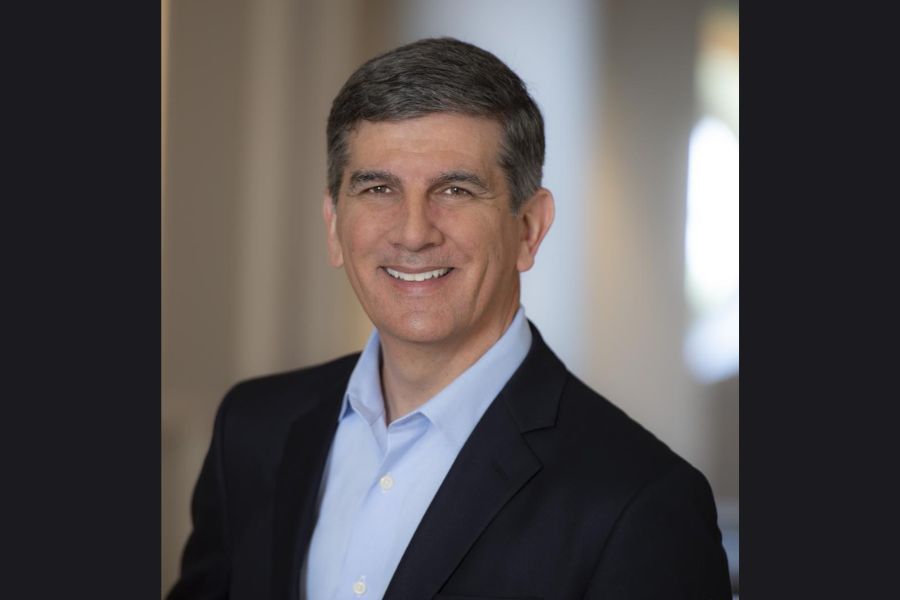How to conduct an annual investment review
It's not enough just to create an investment policy statement; you must follow through on the review procedures it outlines.
A well-established and implemented investment policy statement is one of your best defenses against potential legal challenges in light of recent court rulings.
Key to any investment policy statement is the documentation and review process. More than underperformance or potentially higher fees, a court’s focus may be on that process and whether or not you can prove you followed the IPS.
Thus, it’s not enough just to create an IPS and forget about it. You must follow through on the review procedures it outlines, and you must create documentation to prove that you reviewed it. A court isn’t just going to take your word for it.
A simple way to accomplish this documentation is with an annual investment review. This comprehensive analysis should cover the sections outlined in your IPS. Some of the most common of these are investment criteria, investment monitoring, expenses, the qualified default investment alternative, the asset classes offered and employee education.
(More: What advisers and plan sponsors should include in investment policy statements)
Whatever the categories, it’s important that the annual review mirrors those laid out in the IPS. Unfortunately, I’ve seen cases where the review examines seemingly random criteria not included in the IPS. This doesn’t help plan sponsors make educated decisions in the best interest of plan participants. It’s also a red flag that the plan lacks fundamental and competent oversight.
So in each of these categories, what exactly are you documenting? That will depend on what the IPS states should be reviewed. A great place to start your annual investment review is with the IPS itself. Does it need to be updated or modified as a result of fund menu changes, a switch in plan philosophy or turnover on the plan committee?
Next comes a thorough look at the investments themselves. How do plan participants utilize them? Are there holes in the fund menu that should be filled? Now is your chance to tweak the plan framework.
Also pay close attention to fund details and whether they still meet the minimum stated criteria. Did a fund’s expense ratio jump above the acceptable threshold or did a manager leave so that a fund no longer meets leadership tenure criteria?
If so, given the IPS directive, you must examine why. This doesn’t mean you have to remove a fund immediately, but it’s important to document any deviation from a criterion, discuss why it happened and decide whether a change is warranted or not. Your IPS should be flexible enough to allow for these discussions.
The documentation of the decision can be more important than the decision itself. There may be a very valid reason, one that benefits plan participants, to keep a fund that doesn’t meet criteria. But without an annual review and explanation, it simply looks as if you are ignoring protocol. This could come back to haunt you in any potential legal challenge.
Plan expenses are another important aspect of the annual review. Fiduciaries are charged with knowing the true and current cost of a plan and judging that it is reasonable in light of the services being provided. Expenses include administrative expenses, custodial charges, advisory fees and the underlying mutual fund expenses.
After compiling this information, review it to see whether expenses are reasonable and benchmark them against other plans. This will alert you if your plan isn’t competitive in the market. If your plan’s expenses are higher than benchmarked averages, it may be time to revisit the request for proposal process or see if there are ways the plan can be made more efficient and thus incur fewer costs.
While it’s important to change the IPS as needed, don’t abuse this ability. Yearly changes to the heart of the investment criteria within the IPS, as much as yearly violations of IPS criteria, are an indication of a poorly written statement. Write a great policy from the start and follow through with comprehensive annual reviews. You’ll set your plan up for success and inoculate it against potential legal challenges.
Tara Mashack-Behney is president of Conrad Siegel Investment Advisors Inc., chair of the investment committee and a member of Conrad Siegel Actuaries’ business development committee.
Learn more about reprints and licensing for this article.



